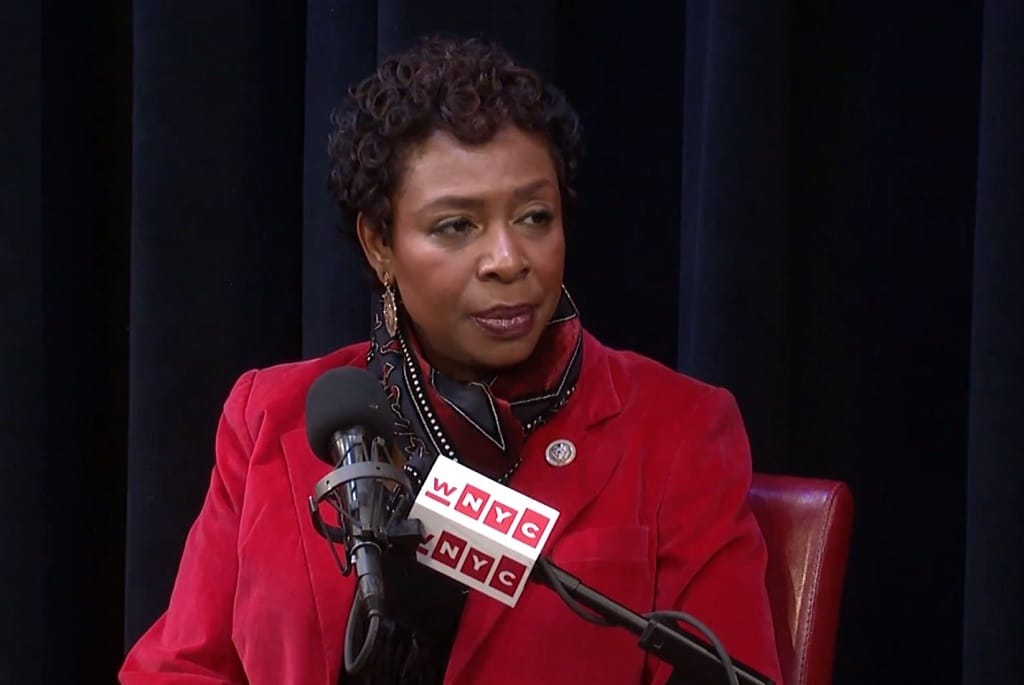Bill to Address Digital Redlining, Exclusivity Agreements Between Providers and Buildings
The Anti-Digital Redlining Act hopes to ensure low-income areas get equal broadband access.

August 4, 2021 – A bill introduced last Friday that tackles broadband underinvestment in low-income areas hopes to also address exclusivity agreements between providers and residential buildings.
The Anti-Digital Redlining Act, introduced on July 30 by Rep. Yvette Clarke, D-New York, addresses the practice of keeping older technologies in low-income areas while improving broadband in more wealthy areas. Part of the logic behind that is the assumption that lower-income residents will not take up better quality but more expensive internet because they can’t afford it.
The bill would compel the Federal Communications Commission to issue a notice of inquiry banning the practice.
The bill also seeks to address competitive choice issues, specifically agreements between residential units and service providers that sees providers lock out other carriers from a building, thereby leaving residents with only one option for internet.
Digital redlining’s impact on broadband quality
Jenna Leventoff of advocacy group Public Knowledge stated, “[t]he same communities that were once redlined by banks and insurance companies now face similar discrimination by some internet service providers, resulting in slow, or no broadband for low-income consumers and people of color.”
Digital redlining persists throughout low-income urban, rural, and Tribal communities. According to the Electronic Frontier Foundation, a great number of these communities remain on aging copper DSL networks.
The reason for digital redlining is that providers save on the short-term costs of deploying better broadband.









Member discussion